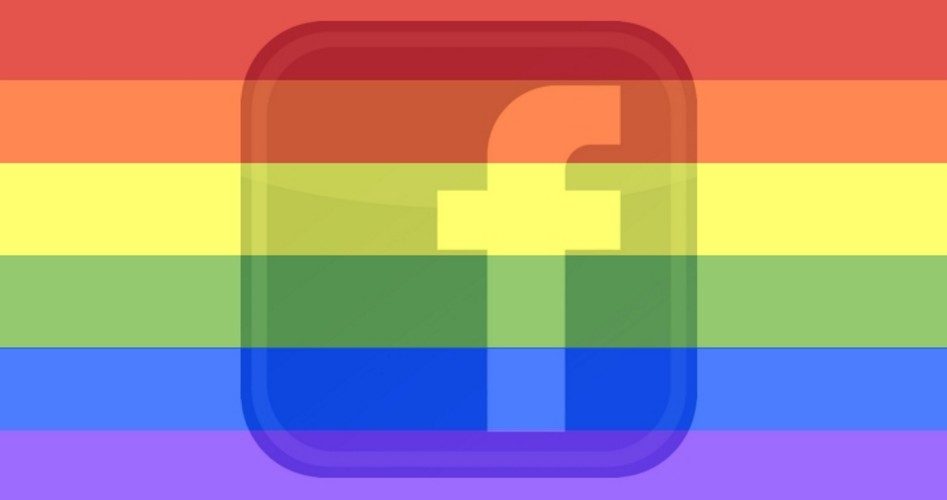
After the Supreme Court overstepped its constitutional boundaries and overruled state laws and even state constitutions by legalizing same-sex marriage, millions of Facebook users took advantage of a tool that the site made available to filter their profile picture with rainbow hues. It now looks as if Facebook’s “Celebrate Pride” tool was a social/psychological experiment with more than 26 million unwitting subjects.
In the past, “gay pride” Facebook users have demonstrated their support of the homosexual agenda in a variety of ways. There have been the silhouettes that look like the signs on restroom doors but show two male figures (or two female figures) holding hands, simple rainbow squares, a variety of equals signs, and a myriad other symbols of “gay pride” that they could use as their profile pictures or cover photos. Not one of those options was created by Facebook. This time was different. This time Facebook created a rainbow filter which made it easier and more uniform.
The “Celebrate Pride” tool — which was launched by the social media giant almost immediately after the Supreme Court issued its ruling on same-sex marriage in typical 5-4 fashion — became the overwhelming symbol of choice for those Facebook users who wanted to demonstrate their elation over the decision. The result was that nearly all the profile pictures which show support for the unconstitutional decision are the product of the “Celebrate Pride” filter.
Facebook has denied that the filtering tool is an experiment of any type, claiming that is is merely a way for its users to show their support for the court’s decision. But there are reasons to doubt the sincerity of the company’s denial.
This would certainly not be the first time Facebook experimented on its users.
Reporting on this most recent example, The Atlantic pointed out that in June of 2014, “Facebook manipulated what users saw when they logged into the site as a way to study how it would affect their moods.” This was accomplished by creating what were essentially “test groups” and filtering their timelines to show some groups only positive posts from their friends while showing other groups only negative posts from their friends. Facebook then monitored the “mood” that each user selected from the drop-down menu when making a post of their own.
And in September of 2012, the National Institutes of Health reported the findings of a Facebook experiment on manipulating the way people voted in the 2010 congressional elections. The results of that study claim that by filtering the political posts and ads that were shown to Facebook users, and monitoring the websites those users visited after seeing those posts and ads, the Internet giant was able to steer users to a particular point of view and influence their voting patterns.
Setting aside the merely circumstantial evidence, perhaps the greatest reason to disbelieve Facebook’s denial in this case is a paper written on the subject that was co-authored by a data scientist at Facebook itself. The paper, published by Facebook in March of this year, discusses the fact that in March of 2013, three million Facebook users changed their profile picture to an “equals” sign and that Facebook looked at the metrics of those users to determine the reasoning behind that change. The report examines the fact that the main dynamics impacting whether users adopted the equals sign as their profile picture were how many of their friends had already done so, the demographics of the users, and how often those users typically change their profile pictures. The report concluded that “the probability of adoption [of the equals sign as a profile picture] depends on both the number of friends and the susceptibility of the individual.”
It seems that Facebook decided to take this experiment to the next level to see whether “the susceptibility of the individual” could be altered. Considering that the number of users who adopted a “gay pride” profile picture went from three million in March of 2013 to more than 26 million once Facebook standardized the method for doing so and put the Facebook stamp of approval on it in June 2015, it seems the answer is yes.
Of course it is no surprise that Facebook is supportive of the homosexual agenda, but the release of this particular tool seems to be at least equally geared toward the company’s own agenda: performing experiments on users to determine how well Facebook (as a company) influences the way Facebook (as a social media site) is used, and the way that use shapes the conversation.
The experiment is almost certain to allow Mark Zuckerburg’s empire to better manipulate the way issues are discussed — and to garner huge profits while doing so.



